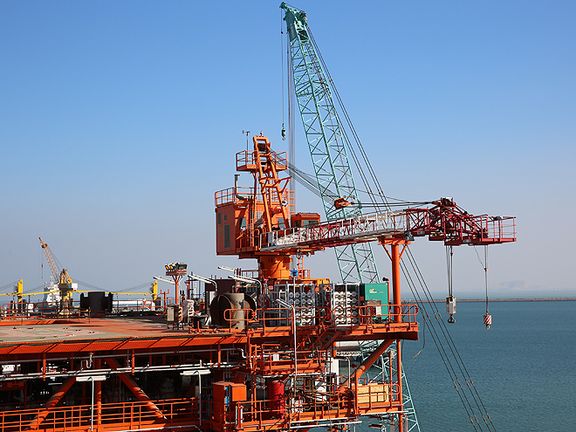Iran Needs $50 Billion Investment Not To Become A Natural Gas Importer

A top oil official in Iran has said that if new investments are not made in natural gas industry, the country will become a net importer in the next few years.

A top oil official in Iran has said that if new investments are not made in natural gas industry, the country will become a net importer in the next few years.
Iran has the second largest natural gas reserves in the world, holding more than 17 percent of global discovered gas fields, but the government has warned people of power cuts this winter, as it cannot supply enough gas to power plants that have to switch to dirty liquid fuels.
Mohsen Khojastepur, general director of the Iranian national oil company said this week that if investments in the gas industry are not secured Iran will become a net importer in the coming years.
Fararu news website in Tehran has confirmed that the natural gas crisis is solely the result of insufficient investments and lack of technology that only a handful of Western energy giants can provide. Just to maintain current production, Iran needs to invest up to $50 billion in its gas fields, especially in the Persian Gulf offshore South Pars reserves shared with Qatar.
Without this urgent infusion of cash and know-how, Iran will become a natural gas importer. But the Islamic Republic does not have the cash and US sanctions currently in place would not allow Western companies to have any business dealings with Iran.
The last chance Iran had of collaboration with a Western energy giant was a $5 billion deal it had struck with Total in 2016 to develop the South Pars gas fields, which fell apart in 2018 when former US president Donald Trump withdrew from the Iran nuclear deal and began imposing sanctions.
Iran’s gas fields, like any other in the world and similar to Qatar’s, have a natural production curve and underground pressure that pushes the gas out declines over time, needing modern technology to maintain production level. Qatar has invested in 20,000-ton production platforms, not only maintaining output but even increasing production.
Fararu also pointed out that not only in gas sector but also in oil production Iran has seriously fallen behind. On top of investment for gas fields, $150 billion is needed to modernize and increase oil production.
, but some local media in Iran are more openly and persistently discussing the huge economic challenges facing the country, which to an extent are linked with the resolution of Iran’s disputes with the United States.
The issue that some writers cautiously mention in Iran is whether the lifting of US sanctions can solve the huge economic challenges. If Iran did little to upgrade its energy industry a decade ago when its annual oil export revenue reached $100 billion, what it can do now with exporting $60 or $70 billion if the sanctions are lifted. They say the country has so many serious financial issues that it would hardly be able to make investments that for example Saudi Arabia has been making.
The other issue being discussed in Iran, both by critics and indirectly by the government, is the high level of energy consumption. Even with lack of investments Iran is the third largest producer of natural gas but most of it is used domestically without the corresponding level of industrial production. The reason is extremely cheap prices for both gas and electricity, which leads to waste.